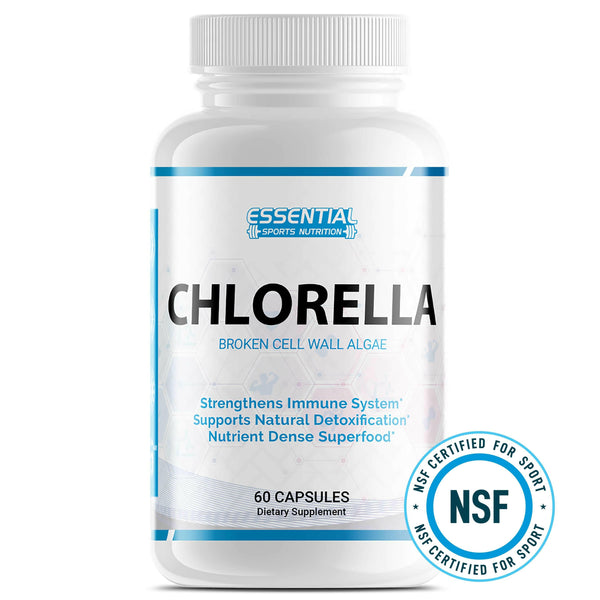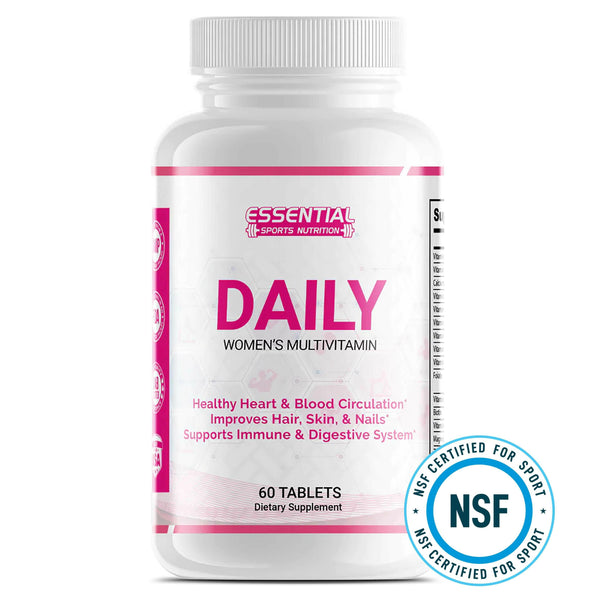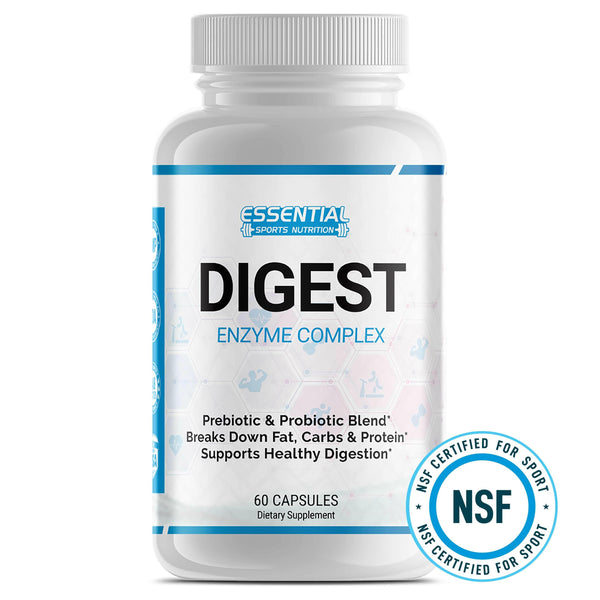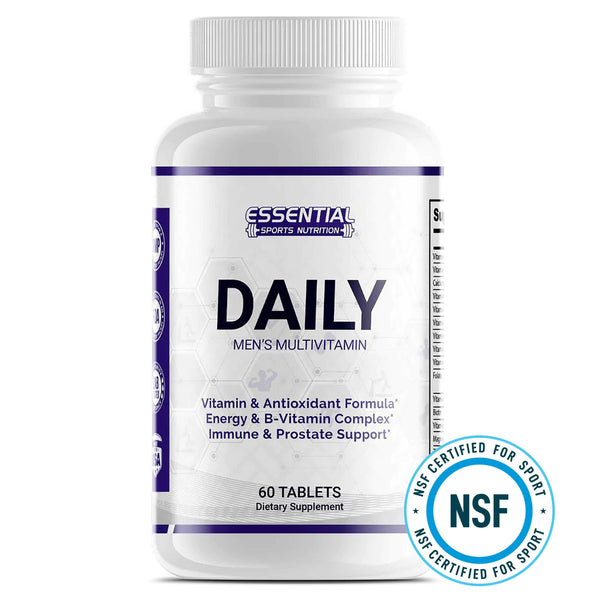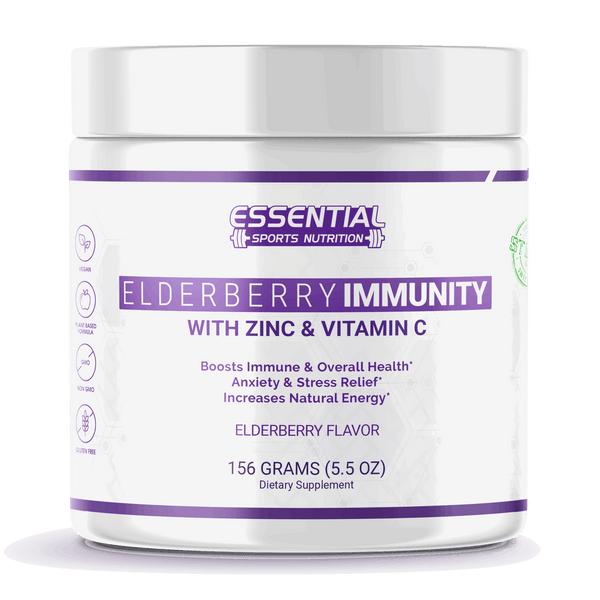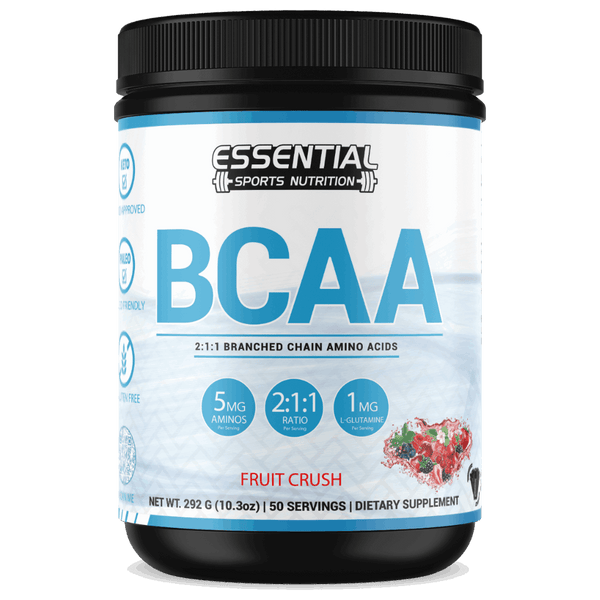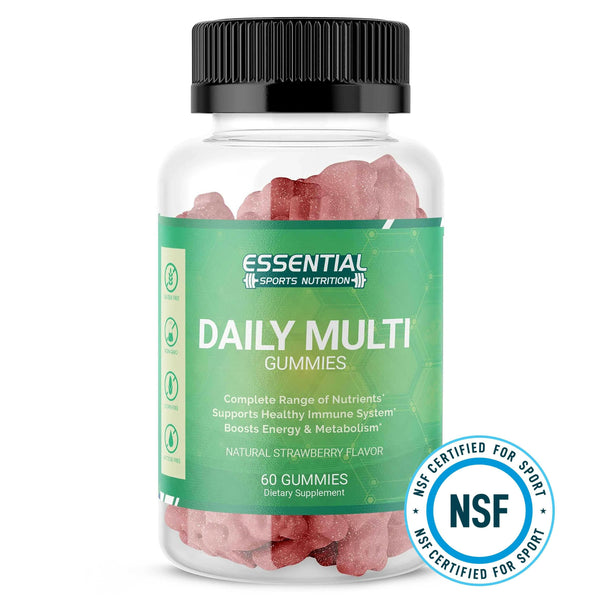Guide to Hammer Curls: Benefits, Muscles Worked, and Proper Form
To do hammer curls correctly, grip dumbbells with palms facing each other, and keep elbows close to your sides. Move slowly and engage your core for stability, avoiding wrist rotation. Benefits include targeting biceps and different arm muscles, making it joint-friendly. Variations like grip changes and equipment usage offer challenges and muscle growth. Focus on strength with heavy sets or use moderate weight for muscle building. Rest for 2 minutes between sets and vary tempos for muscle tension. Mastering the form in hammer curls can maximize benefits and reveal exciting variations for effective arm workouts.

Key Takeaways
- Maintain neutral grip and keep elbows close to body for proper form.
- Target biceps brachii, brachialis, and brachioradialis for muscle activation.
- Explore grip variations and different equipment for varied training.
- Enhance arm strength and size with joint-friendly hammer curls.
- Adjust tempos to increase time under tension and prevent plateaus.
Proper Form for Hammer Curls
When starting hammer curls, it's crucial to maintain a neutral grip with your palms facing each other. This grip effectively targets specific muscle groups, working the biceps, forearms, and brachialis. Keep your elbows close to your body throughout the exercise to guarantee best results. This position helps isolate the targeted muscles and prevents unnecessary strain on other parts of your body.
Focus on controlled movements when lifting the weights towards your shoulders. Avoid swinging the weights or using momentum to cheat through the exercise. Engaging your core muscles adds stability and prevents excessive shoulder movement, maintaining proper form and maximizing the workout's effectiveness.
Remember to refrain from rotating your wrists or shrugging your shoulders during hammer curls. These movements can shift the focus away from the intended muscles and lead to improper form. By following these guidelines and executing each rep mindfully, you'll make the most out of your hammer curl routine.
Benefits of Hammer Curls

Hammer curls offer unique muscle activation benefits by targeting the biceps brachii, brachialis, and brachioradialis. They serve as joint-friendly alternatives, making them ideal for those with shoulder or forearm discomfort. By incorporating hammer curls into your routine, you can effectively strengthen and increase the size of your arms while minimizing strain on other muscle groups.
Muscle Activation Benefits
Targeting specific muscles in your arms, hammer curls offer distinct benefits contributing to overall arm strength and development. By emphasizing the brachialis muscle more effectively than traditional bicep curls, hammer curls aid in enhancing forearm development and strength through engagement of the brachioradialis muscle. This exercise provides a unique muscle activation pattern, promoting well-rounded arm muscle growth by focusing on the short head of the biceps. Additionally, the neutral grip used in hammer curls makes them a joint-friendly alternative for individuals experiencing shoulder or forearm discomfort. Incorporating hammer curls into your workout routine can help you achieve comprehensive arm development while reducing strain on vulnerable joints.
Joint-Friendly Alternative Exercises
To enhance your arm strength and minimize joint strain, consider incorporating hammer curls as a joint-friendly alternative to traditional bicep curls. Hammer curls are particularly beneficial for individuals with wrist, elbow, shoulder, or forearm discomfort during regular curls. Using a neutral grip, hammer curls target the brachialis and brachioradialis muscles, aiding in balanced arm development. The neutral grip also engages muscles differently, promoting enhanced muscle activation. Adding hammer curls to your workout routine can help increase arm mass and strengthen elbow muscles effectively. Below is a table highlighting the key benefits of incorporating hammer curls into your arm workout regimen:
| Benefits of Hammer Curls | |
|---|---|
| Reduces strain on wrists and elbows | |
| Targets brachialis and brachioradialis | |
| Suitable for individuals with joint pain |
Variations of Hammer Curls
When exploring variations of hammer curls, consider different grip options like neutral, supinated, or pronated grips to target various parts of the biceps. You can also experiment with different equipment such as dumbbells, cables, or benches to add variety and challenge to your workout routine. By incorporating these variations, you can effectively work your biceps from multiple angles and intensify your training for best muscle growth and strength.
Grip Variations
Incorporating grip variations is essential for enhanced muscle engagement and targeted arm development during hammer curls. Here are some grip variations to explore:
- Using a neutral grip with palms facing each other engages different muscles like the brachioradialis and brachialis.
- Grip variations can target specific areas of the arms for a more thorough workout.
- Experimenting with grip width and hand positioning can alter the intensity of the exercise.
- Different grips provide versatility in your workout routine.
- Varying your grip helps prevent muscle imbalances in the arms.
Equipment Options
Consider incorporating various equipment options to add diversity and challenge to your hammer curl routine. Rope Hammer Curls engage a cable pulley system with a rope attachment, providing constant tension throughout the movement. Preacher Hammer Curls utilize a preacher curl bench to isolate and target the biceps and brachialis effectively. Single-Arm Hammer Curls help achieve balanced development by focusing on each arm separately. Zottman Hammer Curls incorporate a forearm rotation at the top to enhance forearm strength along with bicep development. Seated Hammer Curls allow you to concentrate on form and eliminate swinging or momentum, ensuring strict execution of the exercise. Experimenting with these equipment variations can elevate your hammer curl workout and maximize your gains.
Muscles Targeted in Hammer Curls
Targeting multiple key muscles in the upper arm and forearm, hammer curls effectively engage the biceps brachii, brachialis, and brachioradialis muscles. These muscles play essential roles in arm strength and development. Here's how each muscle is involved:
- Biceps Brachii: The biceps brachii is a primary muscle activated during hammer curls, assisting in elbow flexion and forearm supination.
- Brachialis: The brachialis muscle is particularly emphasized in hammer curls, promoting arm thickness and strength as it lies beneath the biceps brachii.
- Brachioradialis: Situated on the outer part of the forearm, the brachioradialis stabilizes the wrist during hammer curls, aiding in wrist extension.
- Unique Bicep Engagement: The biceps brachii is worked uniquely during hammer curls compared to traditional bicep curls, enhancing muscle balance and development.
- Comprehensive Arm Workout: By engaging multiple muscles in the upper arm and forearm, hammer curls provide a well-rounded approach to strengthening and toning your arms.
Common Mistakes in Hammer Curls
To execute hammer curls effectively and prevent common errors, maintain strict form by avoiding swinging your upper arms and keeping your elbows stationary and close to your body. Swinging the upper arms reduces the isolation of the biceps and can lead to using momentum instead of muscle strength. Additionally, resist the urge to turn your wrists during the exercise. By keeping a neutral grip with palms facing each other throughout the movement, you effectively target the brachialis and brachioradialis muscles. It's essential to focus on controlled and deliberate motions rather than rushing through the exercise. This ensures that the muscles are under tension for longer periods, promoting muscle growth and strength development. Remember to maintain proper posture and avoid leaning back or using your shoulders to lift the weight. Concentrating on form and technique can maximize the benefits of hammer curls and reduce the risk of injury.
Recommended Sets and Reps for Hammer Curls

When structuring your hammer curl workout, determine the appropriate sets and reps based on your training goals and desired outcomes for best progress. For best results, consider the following recommendations:
- Strength Focus: Aim for 4-6 sets of 5-8 reps with moderate to heavyweight to enhance strength gains effectively.
- Muscle Building: Opt for 3-5 sets of 8-12 reps with moderate weight to stimulate muscle growth and hypertrophy.
- Endurance Training: Consider 3-5 sets of 12-20 reps with light to moderate weight to improve muscular endurance and stamina.
- Rest Periods: Allow 2 minutes of rest between sets to guarantee adequate recovery and maintain performance levels.
- Manipulate Tempos: Adjust tempos to increase time under tension, challenging your muscles and fostering better results over time.
Conclusion

To sum up, hammer curls are an effective exercise for targeting the biceps and forearms. By maintaining proper form, you can maximize the benefits of this exercise, such as increased muscle strength and definition. Remember to vary your routine with different hammer curl variations to keep challenging your muscles. Stay focused on your goals, stay consistent in your workouts, and watch as your strength and muscle gains parallel each other in success.
Muscles Worked, Benefits and Hammer Curl Variations FAQs
Q: What are dumbbell hammer curls?
A: Hammer curls are a type of dumbbell curl exercise where you hold the dumbbells with a neutral grip (palms facing each other).
How do you perform hammer curls with proper form?
To perform them with proper form, stand or sit with your back straight, shoulders back, and elbows close to your sides. Curl the weights up towards your shoulders while keeping your wrists in a neutral position.
Q: What muscles do hammer curls work?
A: Hammer curls primarily target the bicep muscles, specifically the brachialis and brachioradialis. They also engage the forearm muscles to a certain extent.
Q: What are some variations of hammer curls?
A: Some variations of hammer curls include alternating hammer curls, cross-body hammer curls, and cable hammer curls. These variations target the muscles from different angles and provide added challenge to the exercise.
Q: Can hammer curls help in building overall muscle mass?
A: Yes, hammer curls can contribute to overall muscle mass development as they target multiple muscle groups in the arms, including the biceps, forearms, and even the back muscles to some extent.
Q: Are there any alternatives to hammer curls?
A: Yes, some alternatives to hammer curls include concentration curls, Zottman curls, traditional bicep curls, and cable machine variations. These exercises offer different benefits and can be incorporated into your workout routine for variety.
Q: How can good form be maintained while performing hammer curls?
A: To maintain good form during hammer curls, ensure that your back is straight, shoulders are relaxed, and elbows are stationary. Focus on controlling the weight throughout the movement and avoid swinging or using momentum.
Q: What Is the Variation for Hammer Curls?
A: To switch up your hammer curls, consider trying incline hammer curls for a new challenge. This variation targets your biceps from a different angle, helping you engage and strengthen those muscles in a unique way.
Q: What Are the Benefits of Hammer Curls?
A: To reap the benefits of hammer curls, focus on enhancing arm development, targeting the biceps, brachialis, and brachioradialis muscles. Neutral grip and wrist position can ease shoulder or forearm discomfort. Consistency will boost arm strength and definition.
Q: How to Do Proper Hammer Curls?
A: To perform proper hammer curls, hold dumbbells with a neutral grip, elbows close to your body. Curl weights towards your shoulders, squeezing biceps at the top. Maintain core stability, avoid swinging, and aim for 2-3 sets of 8-15 reps with control.
Q: What Do Hammer Curls Do Differently?
A: Hammer curls work your brachialis and brachioradialis muscles along with the biceps, activating them differently than regular curls. They target the short head of the biceps for a thorough arm workout, making them great for building mass and strength.



